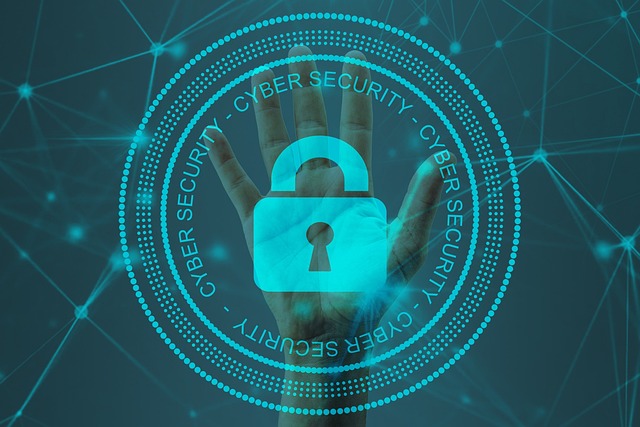
Demystifying Network Security Incidents in IT: A Guide for Informational Technology Professionals
In today’s interconnected world, where data flows freely across networks, the importance of understanding and managing network security incidents has never been more critical for IT professionals. Each day, organizations face an array of threats, from malware attacks to data breaches, which can have devastating effects on both their operations and reputations. As IT specialists, it is paramount to grasp not only the technical aspects of these incidents but also the emotional toll they can take on teams and organizations.
One of the most daunting challenges facing information technology professionals is the sheer volume and sophistication of potential security threats. Each network security incident is not just a technical glitch or an alert on the dashboard; it’s an event that can lead to significant losses, both financially and in trust. As IT experts, we must be equipped to identify, respond to, and mitigate these incidents quickly and efficiently, all while managing the concerns of leadership and stakeholders who look to us for assurance.
Understanding Network Security Incidents
A network security incident refers to any event that compromises the confidentiality, integrity, or availability of network resources. This could include unauthorized access to systems, malware outbreaks, or even simple human errors that expose sensitive data. The emotional landscape surrounding these incidents can vary from panic during the initial response to a sense of urgency as teams work tirelessly to resolve the situation.
The Role of IT Professionals
As IT professionals, we are not just technical troubleshooters; we are guardians of our organization’s digital realm. This role often requires us to act swiftly under pressure, prioritizing the security of assets while ensuring minimal disruption to ongoing operations. It’s essential to cultivate a mindset that balances technical prowess with emotional intelligence, recognizing that our colleagues may be feeling anxious or vulnerable in the face of a security incident.
Effective Incident Response Plans
To navigate the complexities of network security incidents, it’s vital to develop a comprehensive incident response plan. This plan should encompass clearly defined roles and responsibilities, communication protocols, and steps for containment and recovery. When everyone knows what to do and feels empowered to act, the organization can tackle incidents with a sense of confidence rather than chaos.
Continuous Learning and Adaptation
The landscape of cybersecurity is constantly evolving, and so must our strategies. Regular training and awareness programs are essential in keeping teams informed about emerging threats and best practices in incident response. By fostering a culture of continuous learning, we can demystify network security incidents and turn fear into preparedness.
Additionally, sharing lessons learned from past incidents can build trust within the team and throughout the organization. When professionals understand that each incident is a learning opportunity, the stigma around failures diminishes, leading to a more resilient IT environment.
Conclusion
As we forge ahead in the realm of information technology, understanding the emotional and technical dimensions of network security incidents empowers us to protect not only our networks but also our organizations. By embracing this responsibility with empathy and knowledge, IT professionals can create safer digital spaces for everyone.


